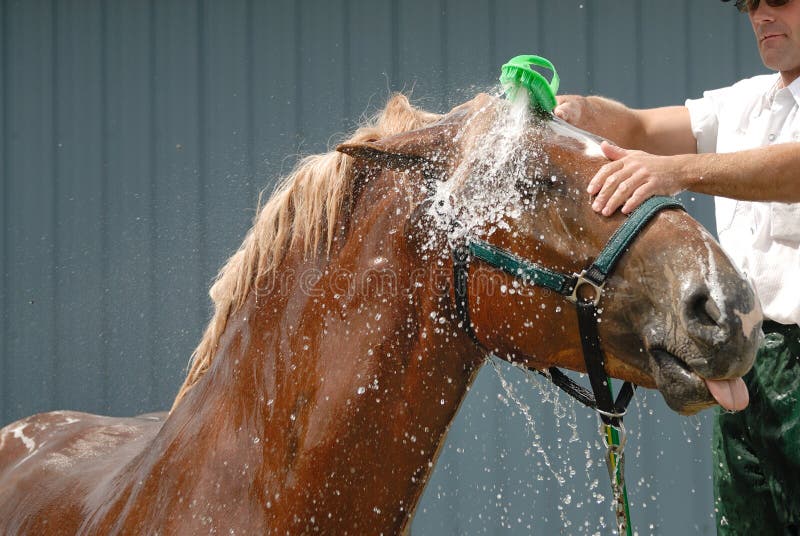Introducing shampoo to young horses can be a daunting task for both you and your equine friend. However, it’s an essential part of grooming that helps maintain their health and appearance. In this article, we will discuss tips for effectively introducing shampoo to young horses, ensuring a smooth and stress-free experience.

Understanding the Importance of Shampooing
Before you begin, it’s crucial to understand why shampooing is important for your horse. Regular cleaning helps remove dirt and debris, prevents skin conditions, and can enhance the horse’s natural shine. Knowing these benefits can make the process more rewarding for both you and your horse.
Choosing the Right Shampoo
One of the first steps is selecting a suitable shampoo for your young horse. Look for products specifically designed for equines, as they are formulated to maintain the natural oils in a horse’s coat. Avoid using human shampoos, which can be too harsh for horses.
Consider the Horse’s Skin Type
Different horses have different skin types, just like humans. Some may have sensitive skin, while others may not. Choosing a shampoo that suits your horse’s specific needs can prevent irritation and promote a healthy coat.
Preparing Your Horse
Before introducing the shampoo, you need to prepare your horse. This involves getting them comfortable with water and the bathing process. Start with short, calm sessions where you gently pour water over them without using any soap.
Gradual Introduction
Take your time to familiarize your horse with the sensation of water touching their body. Use a soft sponge or cloth and gently wipe them down. This gradual approach helps reduce anxiety and builds trust.
First Bath: Step-by-Step Process
Once your horse is comfortable with water, you can proceed to their first shampoo bath. Here’s a step-by-step guide:
1. Gather Your Supplies
Ensure you have all necessary supplies at hand: shampoo, bucket, sponge, hose or water container, and towels.
2. Secure Your Horse
Secure your horse in a safe area where they can stand comfortably without slipping.
3. Wet the Coat
Using lukewarm water, gently wet the entire coat of your horse. Make sure to avoid the eyes and ears.
4. Apply Shampoo
Mix the shampoo with water as per the instructions and apply it evenly over the horse’s body. Use a sponge to work up a lather, being gentle to avoid spooking them.
5. Rinse Thoroughly
Rinse off the shampoo thoroughly, ensuring no residue is left behind. Leftover shampoo can cause skin irritation.
6. Dry the Coat
Use towels to dry your horse and let them air dry naturally. Ensure they are kept in a warm area until completely dry.
Post-Bath Care
After the bath, spend some time brushing your horse’s coat. This not only removes any loose hair but also gives you an opportunity to bond with your horse. A well-brushed coat promotes circulation and keeps the skin healthy.
Common Mistakes to Avoid
Many horse owners make mistakes when introducing shampoo to young horses. It’s vital to avoid using cold water, scrubbing too hard, or rushing the process. These can cause stress and discomfort for your horse. For more insights, visit Common Mistakes When Shampooing Horses.
Frequently Asked Questions
How often should I shampoo my young horse?
Shampooing should not be done too frequently. Once a month is typically sufficient unless your horse gets particularly dirty.
Can I use a human shampoo on my horse?
No, human shampoos can strip essential oils from a horse’s coat. Always use shampoos specifically formulated for horses.
What if my horse is afraid of water?
Take it slow and start with short sessions to help your horse overcome its fear. Gradual exposure and patience are key.

Conclusion
Introducing shampoo to young horses requires patience and understanding. By following these tips and being mindful of your horse’s comfort, you can make the bathing experience positive and beneficial. For more comprehensive guides on horse care, explore resources like How to Shampoo a Horse’s Mane and Tail.
This article contains affiliate links. We may earn a commission at no extra cost to you.







